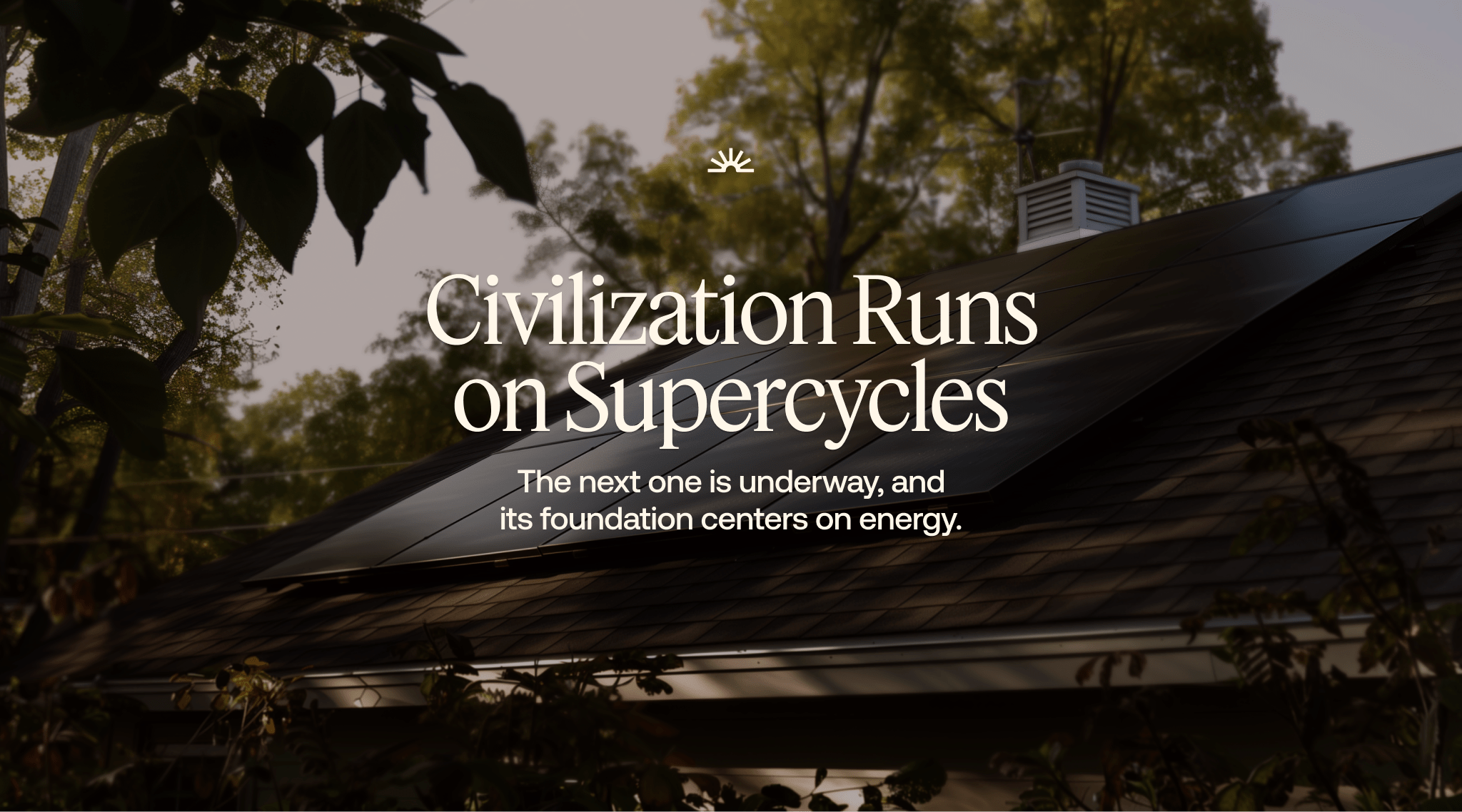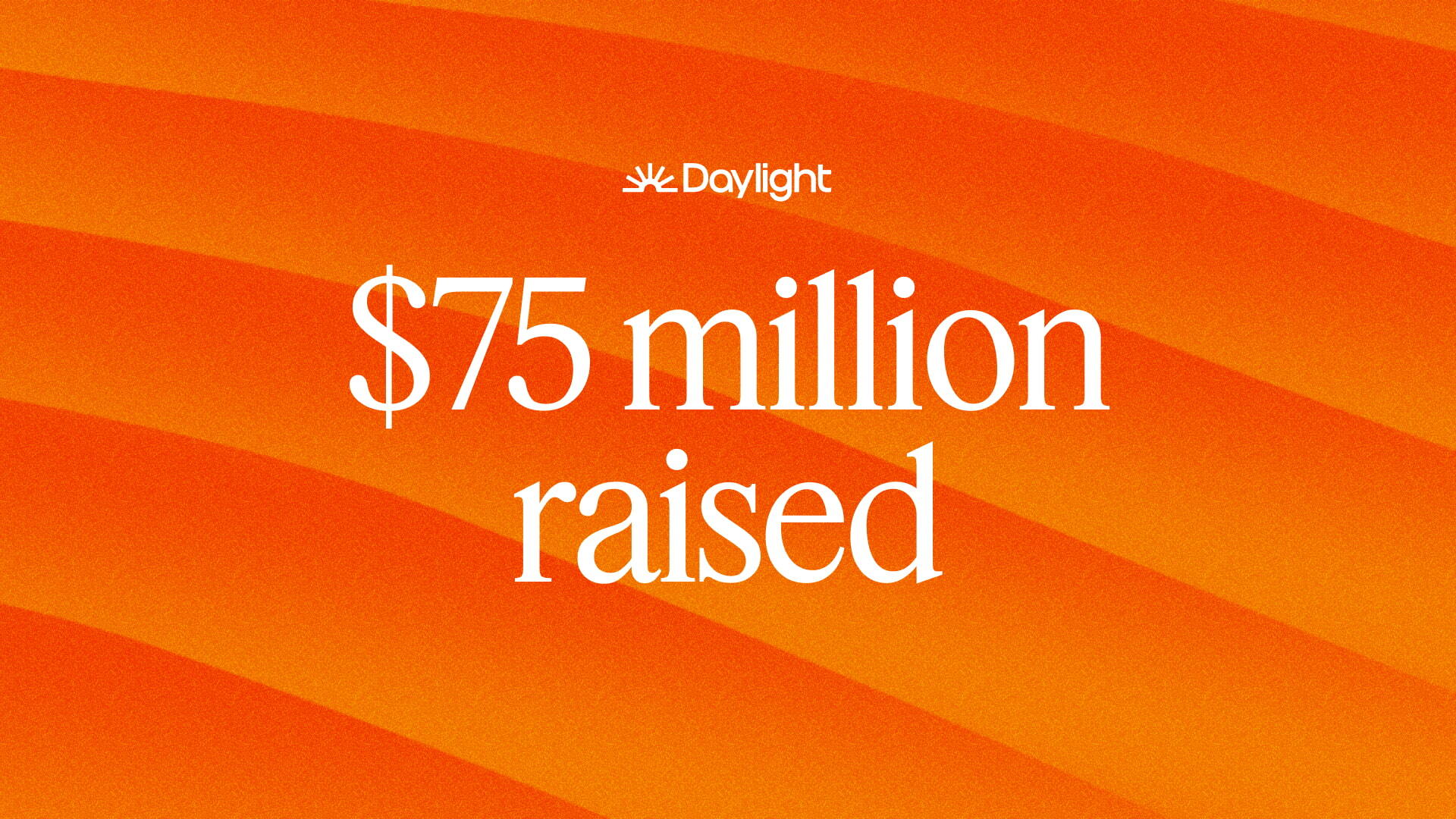
The Grid Has No Master: Why the Future of Energy Is Decentralized

For most of human history, access to energy has been a clear predictor of progress. From fire to fossil fuels, our ability to generate and harness power has always defined the trajectory of our civilizations.

But the nature of energy is changing, shifting from a fuel-based economy to an electron economy. As industries electrify and AI compute demand soars, electricity is becoming the foundational commodity of the 21st century. The problem? Our power grid was never designed to handle what’s coming next.
A Tidal Wave of Demand
For the last 20 years, electricity demand in the United States barely budged. Efficiency gains in appliances, lighting, and building systems quietly offset growth, allowing grid operators to coast.
That era is over.
Electricity demand is now rising quickly, growing at nearly 5% annually according to federal forecasts. And that number keeps getting revised upward.

Why? It’s not just AI and data centers. It’s the return of American manufacturing, the rise of electric vehicles, the spread of robotaxi fleets, and the electrification of heat. Each of these shifts represents a new load and new pressure on an aging grid already straining under the weight of storms, blackouts, and rising costs.
We Can’t Build Things Anymore
Scaling large, centralized energy systems moves at a glacial pace. The interconnection process, the mechanism by which new power plants connect to the grid, is hopelessly backlogged: what used to take less than two years can now take five or more. And that's before construction even begins. Lead times on critical components like transformers have doubled or tripled in the last five years.
Transmission line expansion is also far behind. We need to build 10,000 miles per year by 2035 to keep up, but we're barely building 500.

This is the energy bottleneck of our time. We don’t just need more power. We need power that arrives faster, is located closer, and is distributed more intelligently.
A New Path Forward: Distributed Energy
All this to say, the next era of energy won’t be centralized; it simply can’t be built fast enough. It will be distributed.
Distributed Energy Resources (DERs), such as rooftop solar, home batteries, and smart energy systems, can be deployed in weeks, not years. They bypass the red tape, the land battles, and the billion-dollar transmission projects. More importantly, they shift power to the edges of the grid, to communities, neighborhoods, and individuals.
And this isn’t just faster. It’s smarter. When you deploy generation and storage closer to where energy is consumed:
- You reduce the need for long-distance transmission
- You make the grid more reliable and resilient
- You cut costs and carbon
- You give people backup power and local control
- You unlock a more secure, sustainable, and scalable energy system
Daylight is building a decentralized energy network designed for the era we’re entering. It is a system where power is distributed, programmable, and participant-owned.
By combining the agility of DERs with the incentives of modern crypto infrastructure, Daylight transforms isolated solar systems into productive grid assets. Homeowners earn rewards for the power they generate and the flexibility they provide. Every new installation becomes part of a growing network that is verified, dispatched, and rewarded through a decentralized protocol. And anyone, anywhere, can get access to this new energy system by deploying capital onchain.
Learn more at qualify.godaylight.com.

